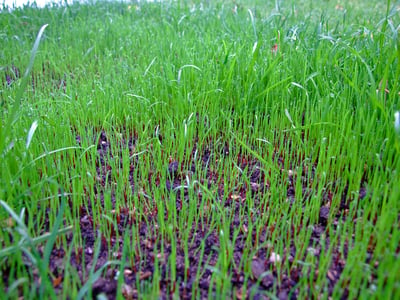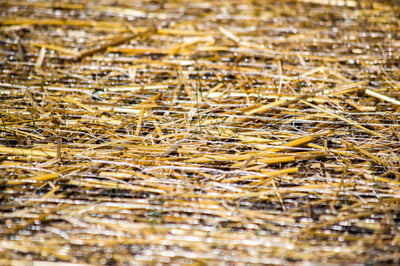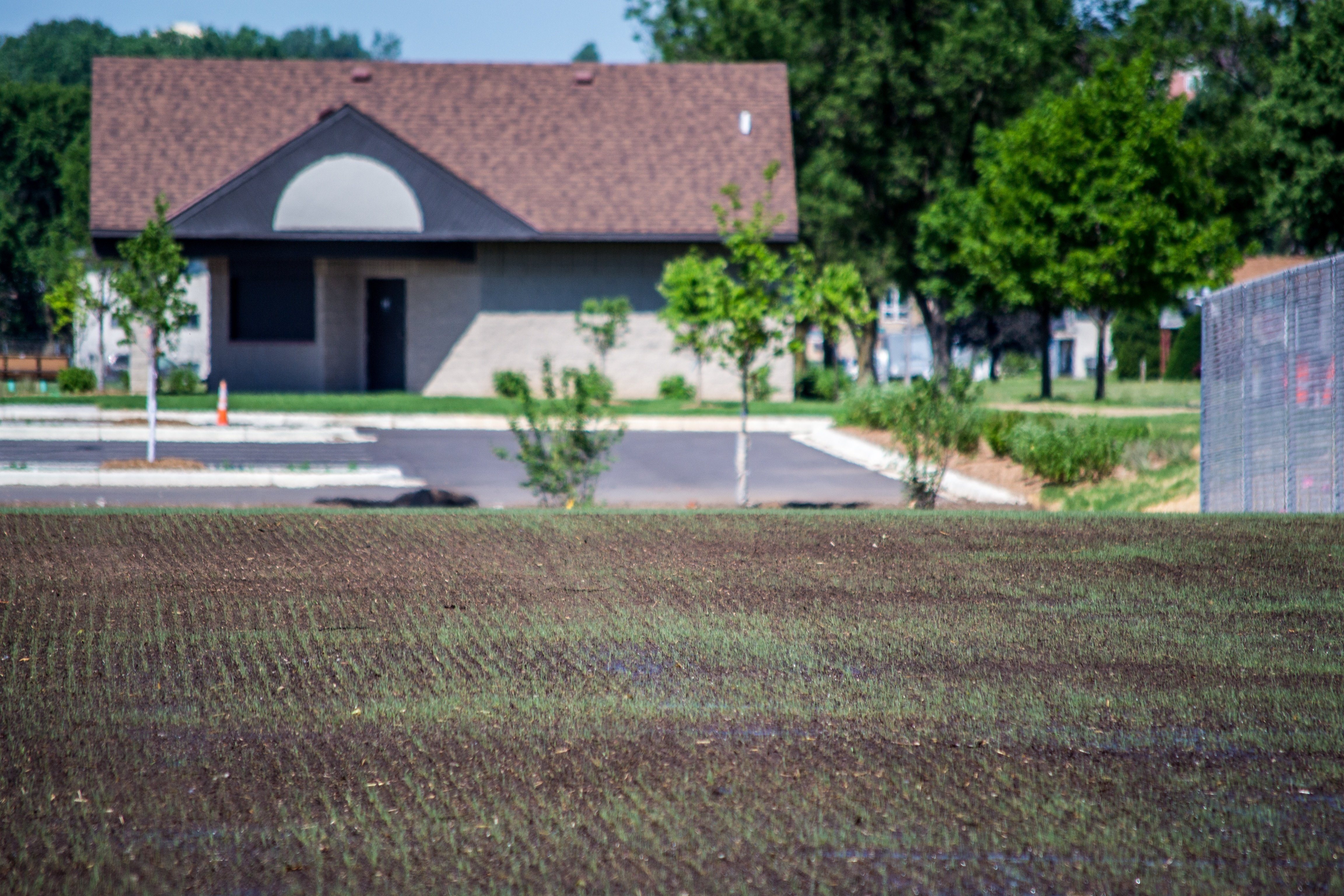Summer is almost over, the kids are going back to school, and fall is just around the corner. But that doesn’t mean it’s too late to make some major improvements to your residential landscape. September in Minnesota is actually the best time to seed your lawn. If you've been waiting to fix a thin and patchy lawn, now is the time!
Time frame
The ideal time to install a grass seed lawn is mid-August to mid-September. Both the rain and temperature conditions are ideal for seed germination, and there’s less competition with weeds. Getting seed in the ground during these months will result in the fastest germination, allowing the grass to establish before the arrival of winter. It usually takes 6-12 weeks for grass to get established when starting from seed. If seed is sewn in August, that leaves a couple months for the grass to grow before first snowfall. When Spring comes again, the snow will melt and the grass will enter another stretch of optimal growing conditions of cool temps and plenty of rain.
- Mid-August to mind-September
- 6-12 weeks for establishment
ideal Temperature
 Cool temperatures are good for germination because of the grass varieties available in Minnesota. The most common types are Kentucky bluegrass, fescue, and some perennial ryegrass. The optimal temperatures for grass seed germination is 60-75 degrees. If temperatures drop too low, the grass seed can’t properly germinate. And if the temperatures are too high, it causes a lot of stress on the newly sprouted grass before the roots can establish.
Cool temperatures are good for germination because of the grass varieties available in Minnesota. The most common types are Kentucky bluegrass, fescue, and some perennial ryegrass. The optimal temperatures for grass seed germination is 60-75 degrees. If temperatures drop too low, the grass seed can’t properly germinate. And if the temperatures are too high, it causes a lot of stress on the newly sprouted grass before the roots can establish.
- Kentucky bluegrass, Fescue, Ryegrass
- 60-75 degrees optimal temperature
Best Method
 The seeding method used will be the same as any other time of the year. A hydroseed lawn is a viable option for yards that have erosion issues. Aerating the lawn before seeding or slit seeding is the best method to use since it will provide the best seed to soil contact. If hydro seed isn’t used, try using erosion blankets on slopes. They can be laid down to protect the seeds from washing out.
The seeding method used will be the same as any other time of the year. A hydroseed lawn is a viable option for yards that have erosion issues. Aerating the lawn before seeding or slit seeding is the best method to use since it will provide the best seed to soil contact. If hydro seed isn’t used, try using erosion blankets on slopes. They can be laid down to protect the seeds from washing out.
- Hydro seed
- Slit seeding
- Erosion blankets
Water requirement
It is crucial that the new grass receives enough water. Not so much though that it causes puddles. Cooler fall time temperatures will help retain moisture in the soil whereas hot summer days will evaporate the moisture, dry out the soil, and lead to more watering.
- Cooler temps mean less evaporation
- Soil stays damp
Most of your yard work was completed back in June. You may have giving up on your landscape dreams in July. And you’re about ready to call it quits in August. But before you completely throw in the towel, wave the white flag, and give up on your yard for the season, consider one last shot at grass seed. You’ll be thanking yourself next Spring when you have a lush green lawn.

